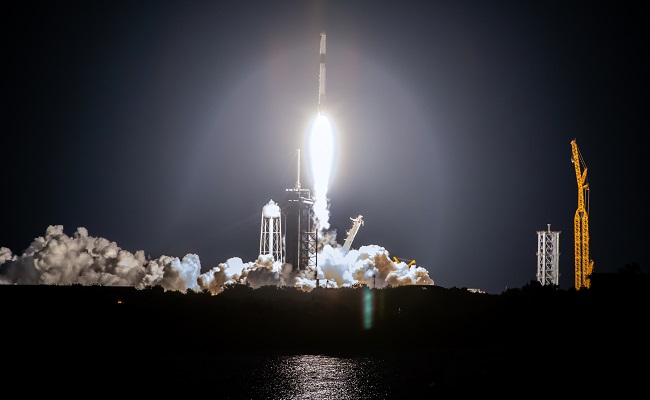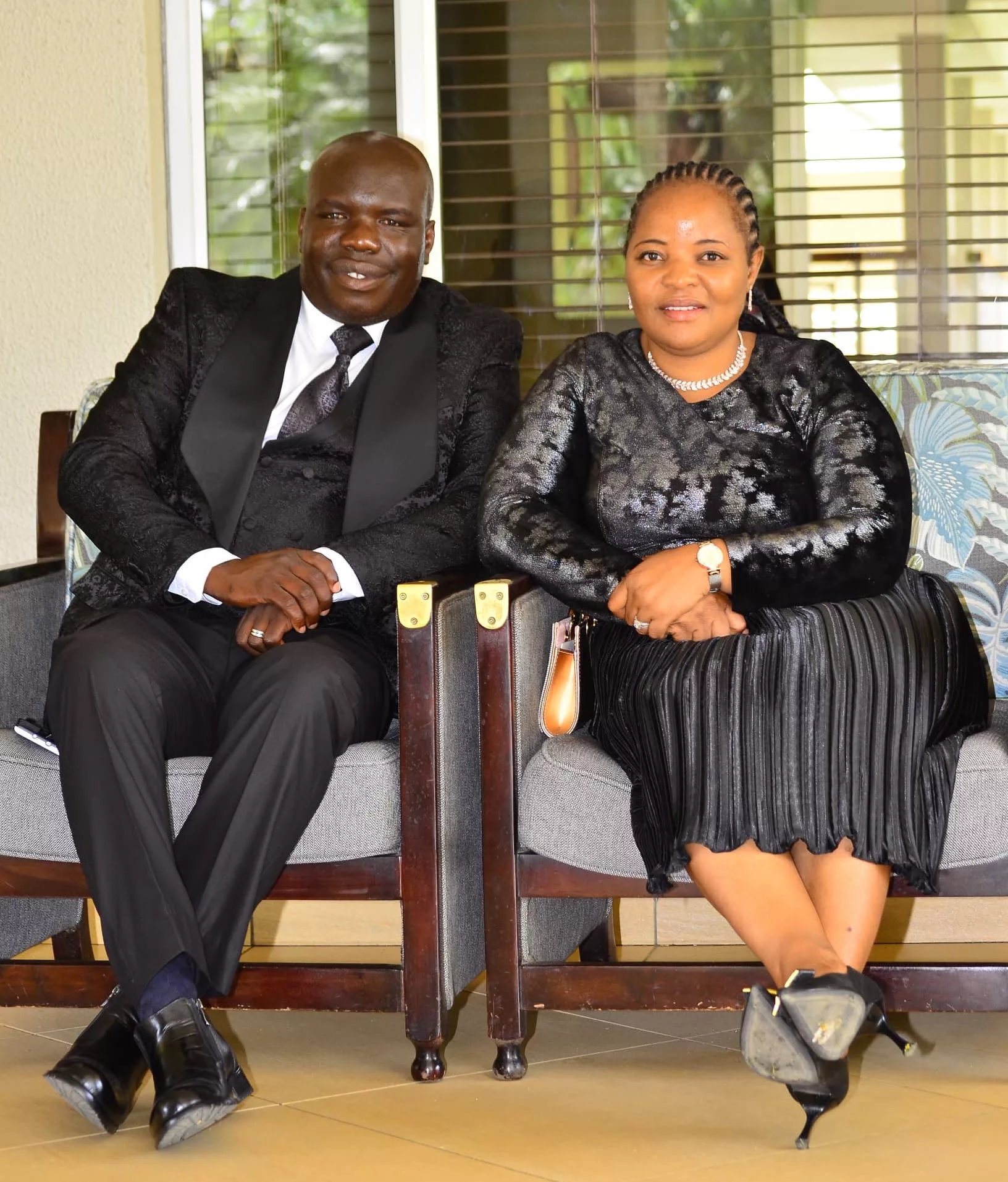|
Getting your Trinity Audio player ready...
|
Writes Chris Donkin
SpaceX launched six Starlink satellites with the capability to provide mobile coverage directly to standard smartphones, a service the company asserts will improve global connectivity and help eliminate dead zones.
In a series of posts on social media platform X the aerospace company revealed the birds, alongside several other satellites, were blasted into orbit in the early hours of this morning (3 January).
It added the first customers set to use direct-to-device Starlink services for “global access” would be: T-Mobile US, Canadian operator Rogers Communications, Australian player Optus, Japan’s KDDI, One New Zealand, Swiss company Salt Mobile and Entel Chile.
Starlink is working to a schedule of facilitating SMS messaging directly from its satellites this year followed by voice and data starting in 2025. IoT devices using common LTE standards are also set to be supported. Operators signed up have reciprocal access to other partner countries.
As the name suggests direct-to-phone removes the need for ground stations to facilitate connectivity, though this is currently more limited than standard non-terrestrial network coverage.
Starlink, which also offers alternative satellite services, is one of a number of players targeting the direct-to-device market including Lynk Global and AST SpaceMobile.






